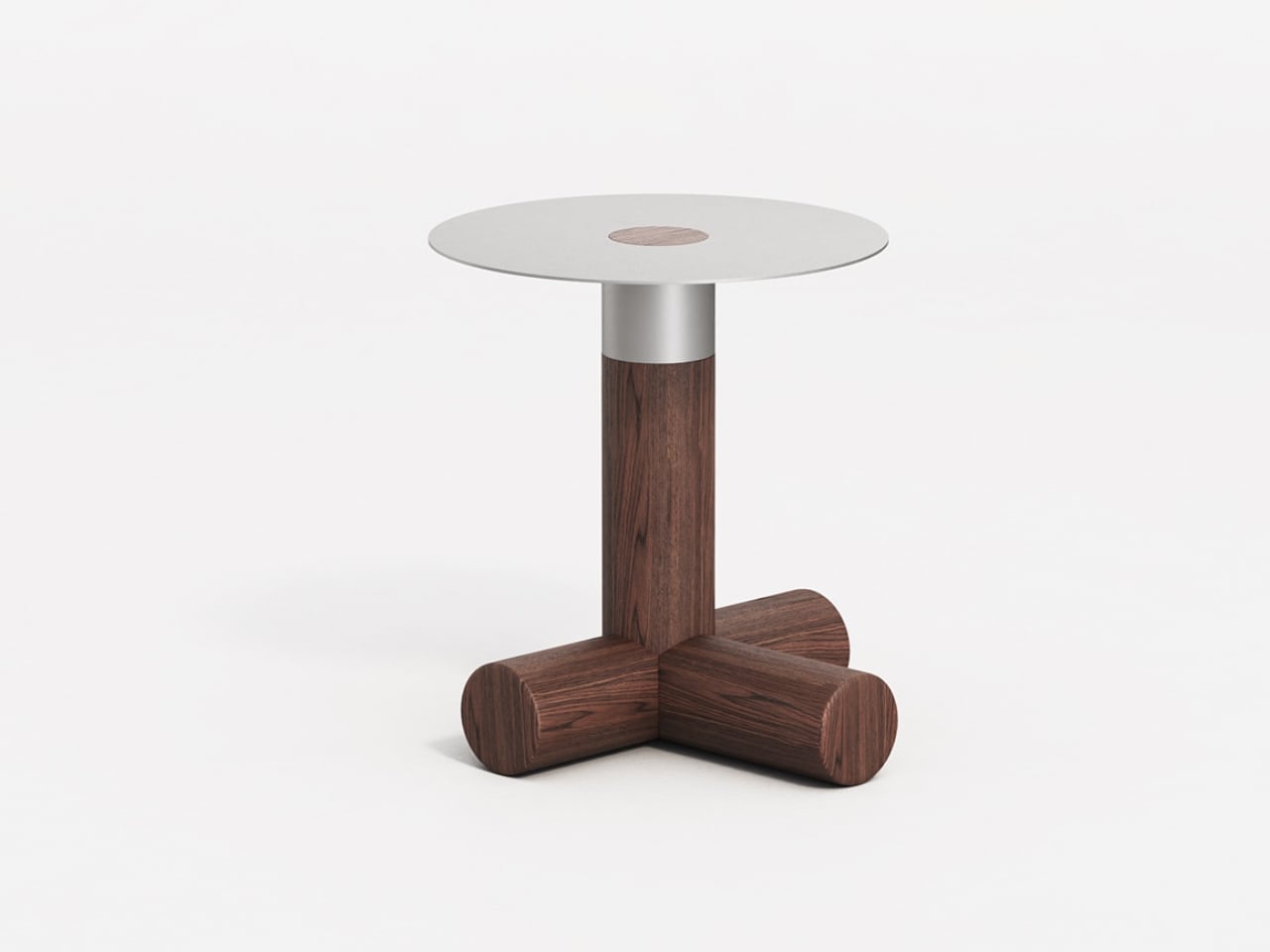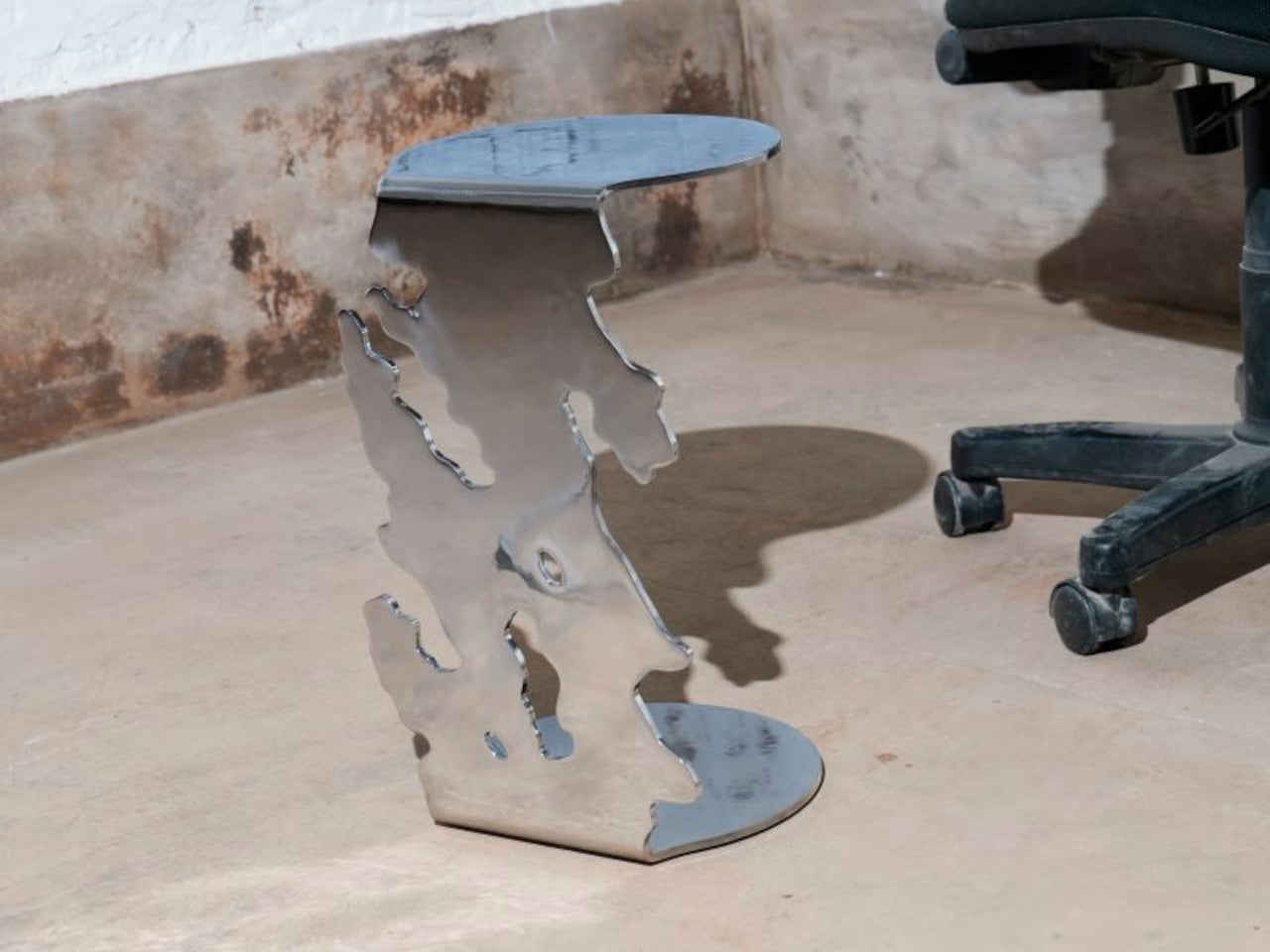What is Technicolor?
If you start studying film history, you're going to get lists of companies and processes that created the industry we know and love today. One of those processes is Technicolor. Well, it's technically upwards of five different processes, but we'll get to that. So, what does that even mean? And what was its impact on early Hollywood? There's a whole lot to unpack. Today, we're going to define the Technicolor process, talk about its history, and look at a few examples across cinema. Let's dive in. What Does Technicolor Mean? The term "Technicolor" actually refers to a bunch of motion picture processes developed by the Technicolor Motion Picture Corporation throughout the early 20th century. Why Did Hollywood Adopt Technicolor?Technicolor was more advanced than other attempts at color at the time. It also kept advancing from its onset, so it was always viewed as cutting edge. Art the start, this tech was expensive, but there was a natural draw for color from audiences. People saw it as the future and saw it as a way to have upfront costs that could pay off at the box office later. There's an article from Forbes in 1934 where they glowingly talk about the company, so many people were extremely excited about what it offered. When Technicolor had success with movies like The Wizard of Oz and Gone With the Wind, Hollywood embraced it even further. These movies were extremely profitable and set a standard for how the public wanted to see color. After that, it took off. Characteristics of Technicolor The Technicolor company solidified their position in Hollywood by providing what became the standard for how color movies should look. It was characterized by bold colors and a heightened sense of visual spectacle.It also allowed filmmakers to emphasize emotions, themes, create symbolic meanings, and enhance the overall narrative impact of their films.Here's a few other characteristics: Vibrant Colors: Technicolor, particularly the three-strip process, was renowned for its rich, saturated colors, which were far more vivid and stable than earlier color processes.Increased Luminosity: Technicolor films often exhibited a heightened sense of luminosity, with brighter whites and a radiant glow that further enhanced the visual impact.Complex Technology: The process involved specialized cameras, processing labs, and skilled technicians, making it expensive and technically demanding.What Are the Technicolor Processes?So, to understand Technicolor, you just need to know how they were advancing the look and feel of movies on screen. First, they were always a company trying to bring color to the big screen. That started at the very advent of Hollywood. Early Technicolor (Additive Systems)Process 1 (1916-1917): This was an additive system that used a prism beam-splitter to expose two separate films at the same time. One was filtered for red and the other for green. These were then projected together to create a color image. Two-Color Technicolor (Subtractive Systems)Process 2 (1922-1928): This subtractive process used a special camera to capture two color negatives (red and green) on separate films. These negatives were then printed onto a single strip of film. Process 3 (1928-1932): This was a refinement of Process 2 that used dye to chemically color two images onto a single strip of film.Examples of Two-Color TechnicolorThe Toll of the Sea (1922)The Black Pirate (1926)Three-Strip TechnicolorProcess 4 (1932-1955): This was the most famous and successful Technicolor process, and probably what you think of when you think about Technicolor. It used a beam-splitting camera to expose three strips of black and white film, each filtered to capture a different primary color (red, green, and blue). These separate films were then processed and combined to create a single, full-color image.The three-strip system represented a major advancement in filmmaking technology. It brought a new level of realism and beauty to the screen. And it shaped the way audiences experienced film.Examples of Three-Strip TechnicolorThe Adventures of Robin Hood (1938)Gone with the Wind (1939)The Wizard of Oz (1939)Fantasia (1940)Leave Her to Heaven (1945)Singin' in the Rain (1952)Late TechnicolorProcess 5 (1955-1974): This process was developed in response to the rise of Eastmancolor. It allowed Technicolor to create prints from Eastmancolor negatives, offering a cheaper solution.Examples of Later Technicolor: Vertigo (1958)Ben-Hur (1959)The Godfather Part II (1974)Barry Lyndon (1975)Summing Up Technicolor Filmmaking Now that you know all about Technicolor, it's time to go back and rewatch some of these old movies. Try to watch a bunch from different periods so you can see how the processes evolved and how the images brightened and took shape on the screen. I love seeing these old movies and being inspired by what they could accomplish with different hues and exposures. It challenges me for whatever comes next. I'd love to hear how it challenges you. Let us know y


If you start studying film history, you're going to get lists of companies and processes that created the industry we know and love today.
One of those processes is Technicolor. Well, it's technically upwards of five different processes, but we'll get to that. So, what does that even mean? And what was its impact on early Hollywood?
There's a whole lot to unpack.
Today, we're going to define the Technicolor process, talk about its history, and look at a few examples across cinema.
Let's dive in.
What Does Technicolor Mean?
The term "Technicolor" actually refers to a bunch of motion picture processes developed by the Technicolor Motion Picture Corporation throughout the early 20th century.
Why Did Hollywood Adopt Technicolor?

Technicolor was more advanced than other attempts at color at the time. It also kept advancing from its onset, so it was always viewed as cutting edge. Art the start, this tech was expensive, but there was a natural draw for color from audiences.
People saw it as the future and saw it as a way to have upfront costs that could pay off at the box office later.
There's an article from Forbes in 1934 where they glowingly talk about the company, so many people were extremely excited about what it offered.
When Technicolor had success with movies like The Wizard of Oz and Gone With the Wind, Hollywood embraced it even further. These movies were extremely profitable and set a standard for how the public wanted to see color.
After that, it took off.
Characteristics of Technicolor
The Technicolor company solidified their position in Hollywood by providing what became the standard for how color movies should look. It was characterized by bold colors and a heightened sense of visual spectacle.
It also allowed filmmakers to emphasize emotions, themes, create symbolic meanings, and enhance the overall narrative impact of their films.
Here's a few other characteristics:
- Vibrant Colors: Technicolor, particularly the three-strip process, was renowned for its rich, saturated colors, which were far more vivid and stable than earlier color processes.
- Increased Luminosity: Technicolor films often exhibited a heightened sense of luminosity, with brighter whites and a radiant glow that further enhanced the visual impact.
- Complex Technology: The process involved specialized cameras, processing labs, and skilled technicians, making it expensive and technically demanding.
What Are the Technicolor Processes?
So, to understand Technicolor, you just need to know how they were advancing the look and feel of movies on screen.
First, they were always a company trying to bring color to the big screen. That started at the very advent of Hollywood.
Early Technicolor (Additive Systems)
Process 1 (1916-1917): This was an additive system that used a prism beam-splitter to expose two separate films at the same time. One was filtered for red and the other for green. These were then projected together to create a color image.
Two-Color Technicolor (Subtractive Systems)
Process 2 (1922-1928): This subtractive process used a special camera to capture two color negatives (red and green) on separate films. These negatives were then printed onto a single strip of film.
Process 3 (1928-1932): This was a refinement of Process 2 that used dye to chemically color two images onto a single strip of film.
Examples of Two-Color Technicolor
- The Toll of the Sea (1922)
- The Black Pirate (1926)
Three-Strip Technicolor
Process 4 (1932-1955): This was the most famous and successful Technicolor process, and probably what you think of when you think about Technicolor. It used a beam-splitting camera to expose three strips of black and white film, each filtered to capture a different primary color (red, green, and blue). These separate films were then processed and combined to create a single, full-color image.
The three-strip system represented a major advancement in filmmaking technology.
It brought a new level of realism and beauty to the screen. And it shaped the way audiences experienced film.
Examples of Three-Strip Technicolor
- The Adventures of Robin Hood (1938)
- Gone with the Wind (1939)
- The Wizard of Oz (1939)
- Fantasia (1940)
- Leave Her to Heaven (1945)
- Singin' in the Rain (1952)
Late Technicolor

Process 5 (1955-1974): This process was developed in response to the rise of Eastmancolor. It allowed Technicolor to create prints from Eastmancolor negatives, offering a cheaper solution.
Examples of Later Technicolor:
- Vertigo (1958)
- Ben-Hur (1959)
- The Godfather Part II (1974)
- Barry Lyndon (1975)
Summing Up Technicolor Filmmaking
Now that you know all about Technicolor, it's time to go back and rewatch some of these old movies. Try to watch a bunch from different periods so you can see how the processes evolved and how the images brightened and took shape on the screen.
I love seeing these old movies and being inspired by what they could accomplish with different hues and exposures. It challenges me for whatever comes next.
I'd love to hear how it challenges you.
Let us know your favorite technicolor movie in the comments!



























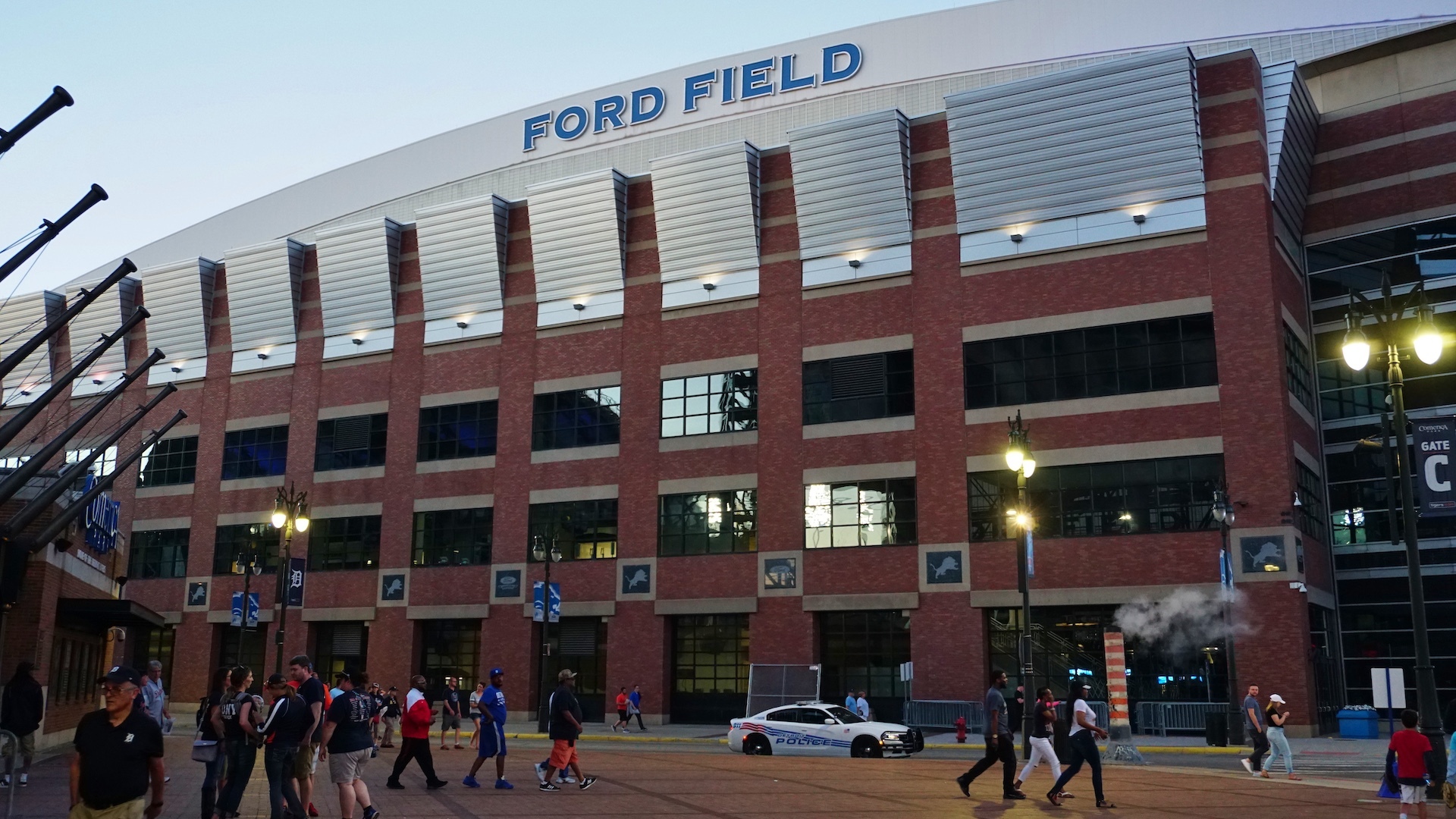
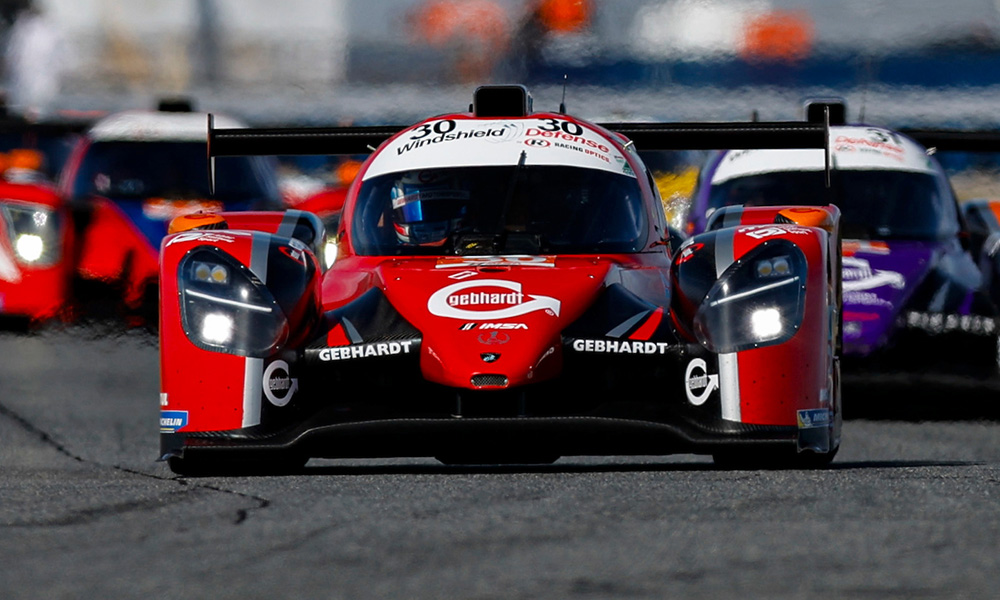

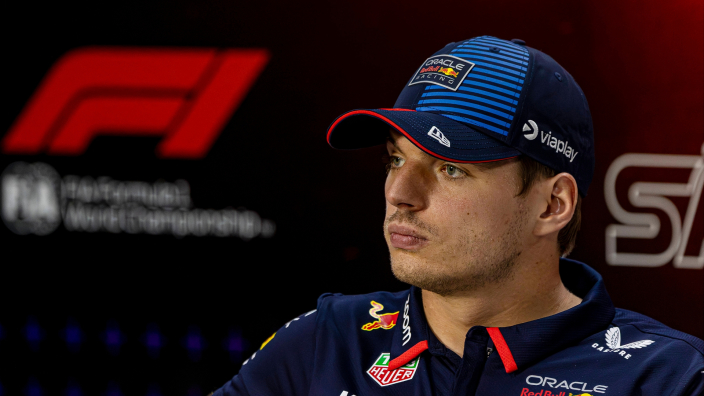





/cdn.vox-cdn.com/uploads/chorus_asset/file/24435316/STK150_Bing_AI_Chatbot_02.jpg)









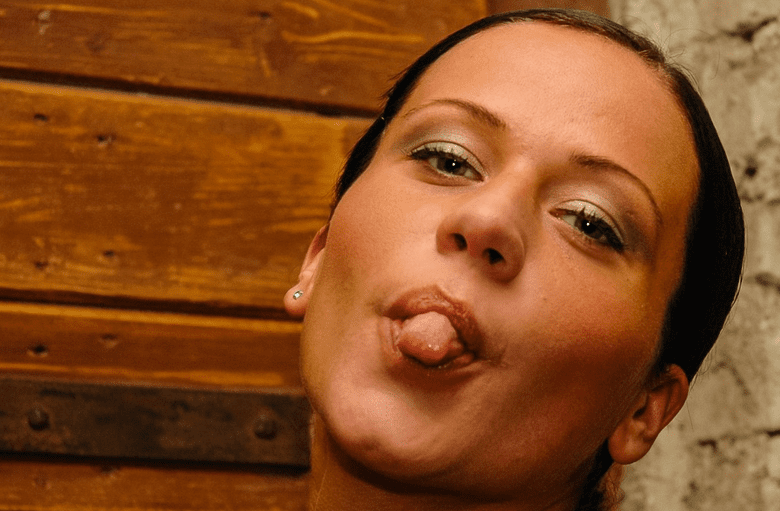
![United Passenger’s Upgrade Mishap Sparks Seat Loss—Here’s the Critical Step to Avoid It [Roundup]](https://viewfromthewing.com/wp-content/uploads/2018/09/20170607_112204.jpg?#)








